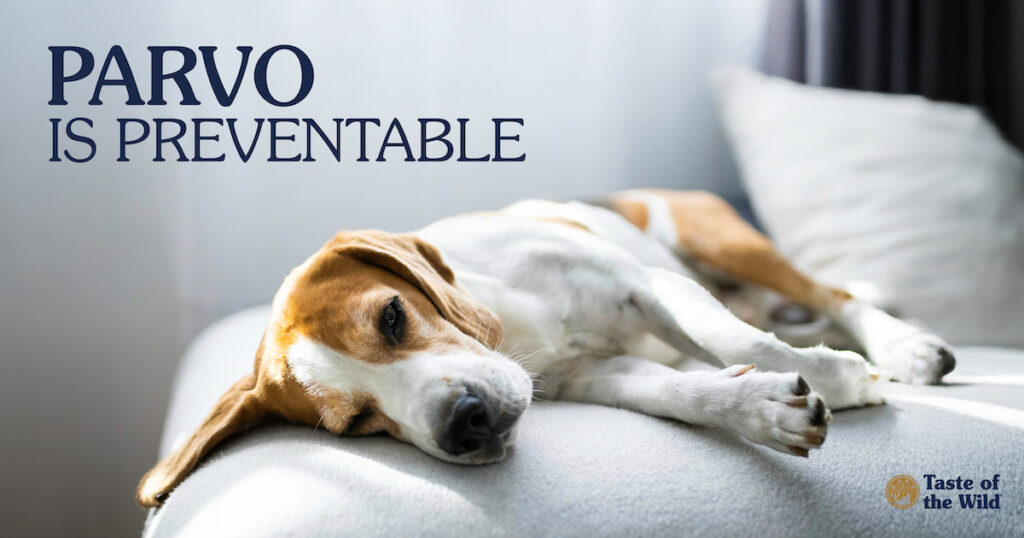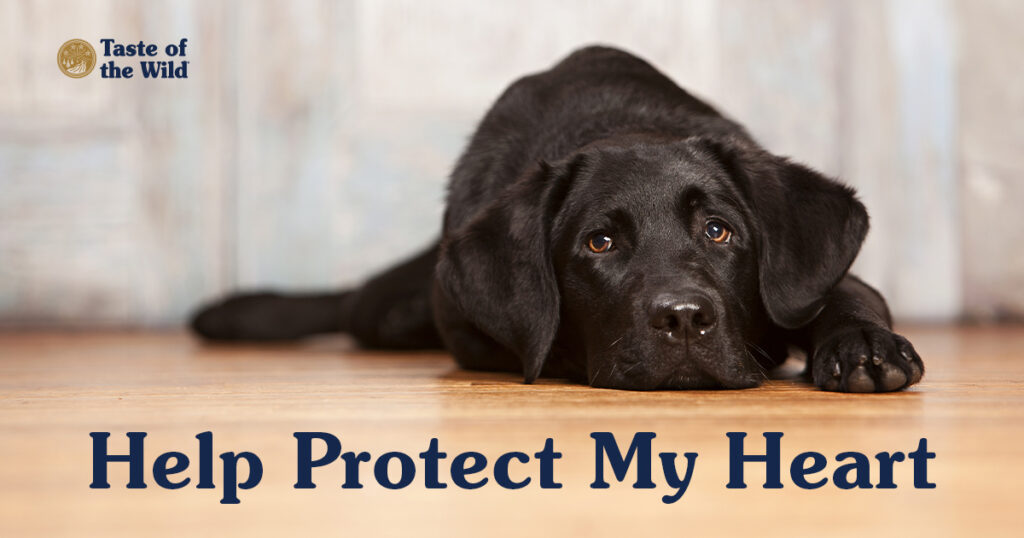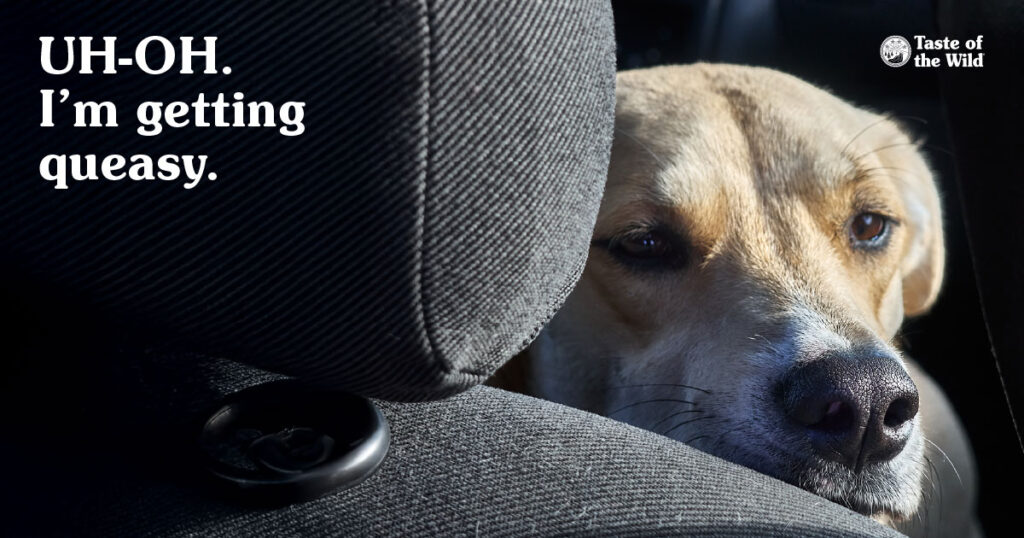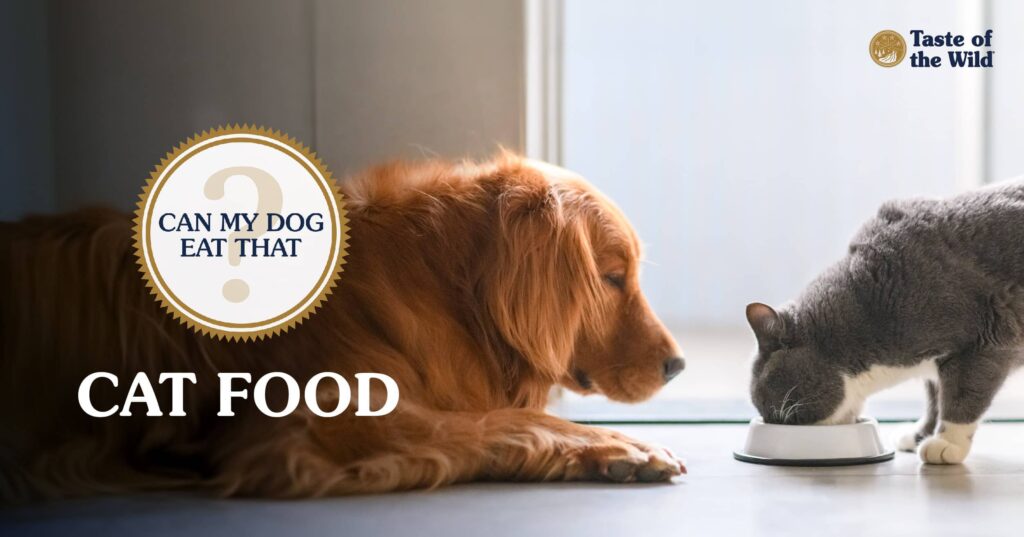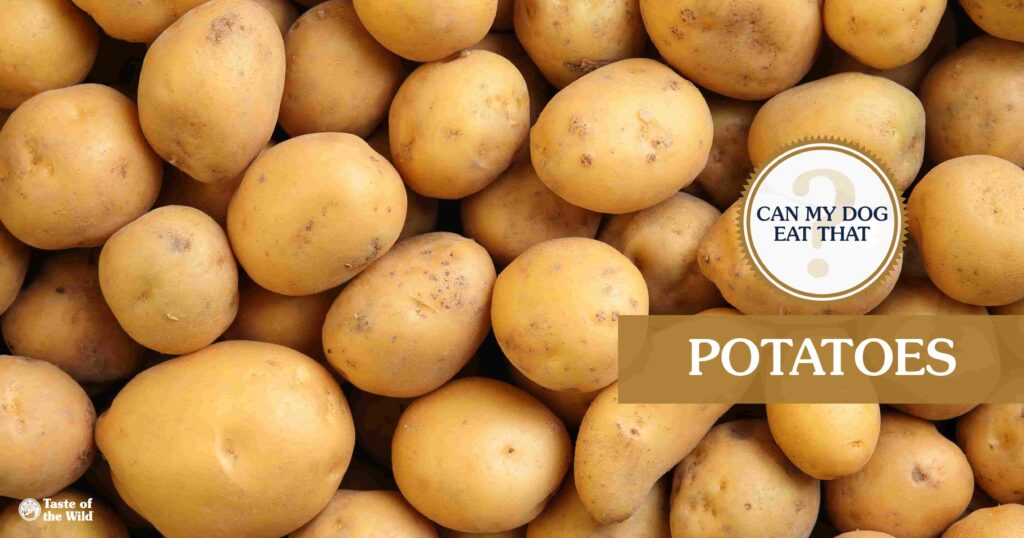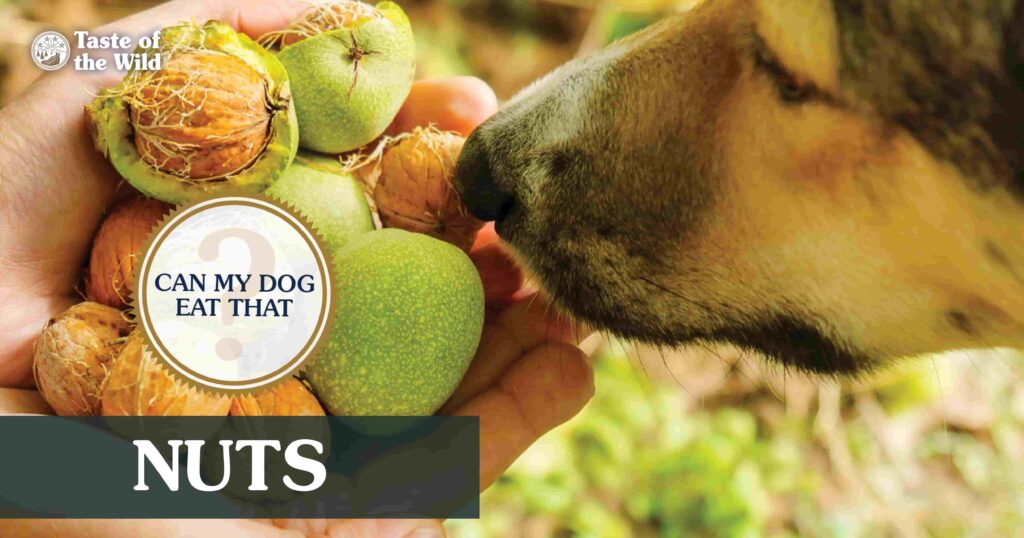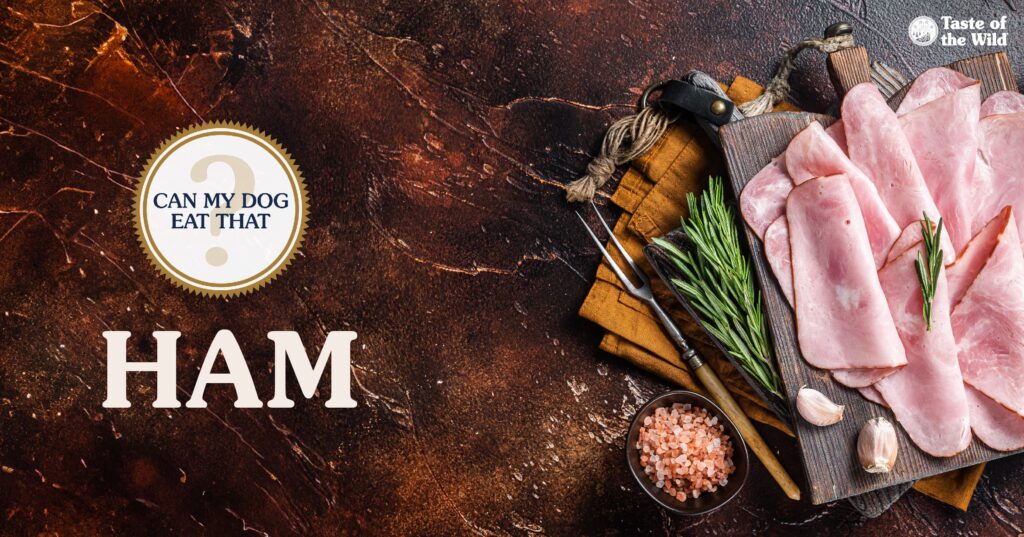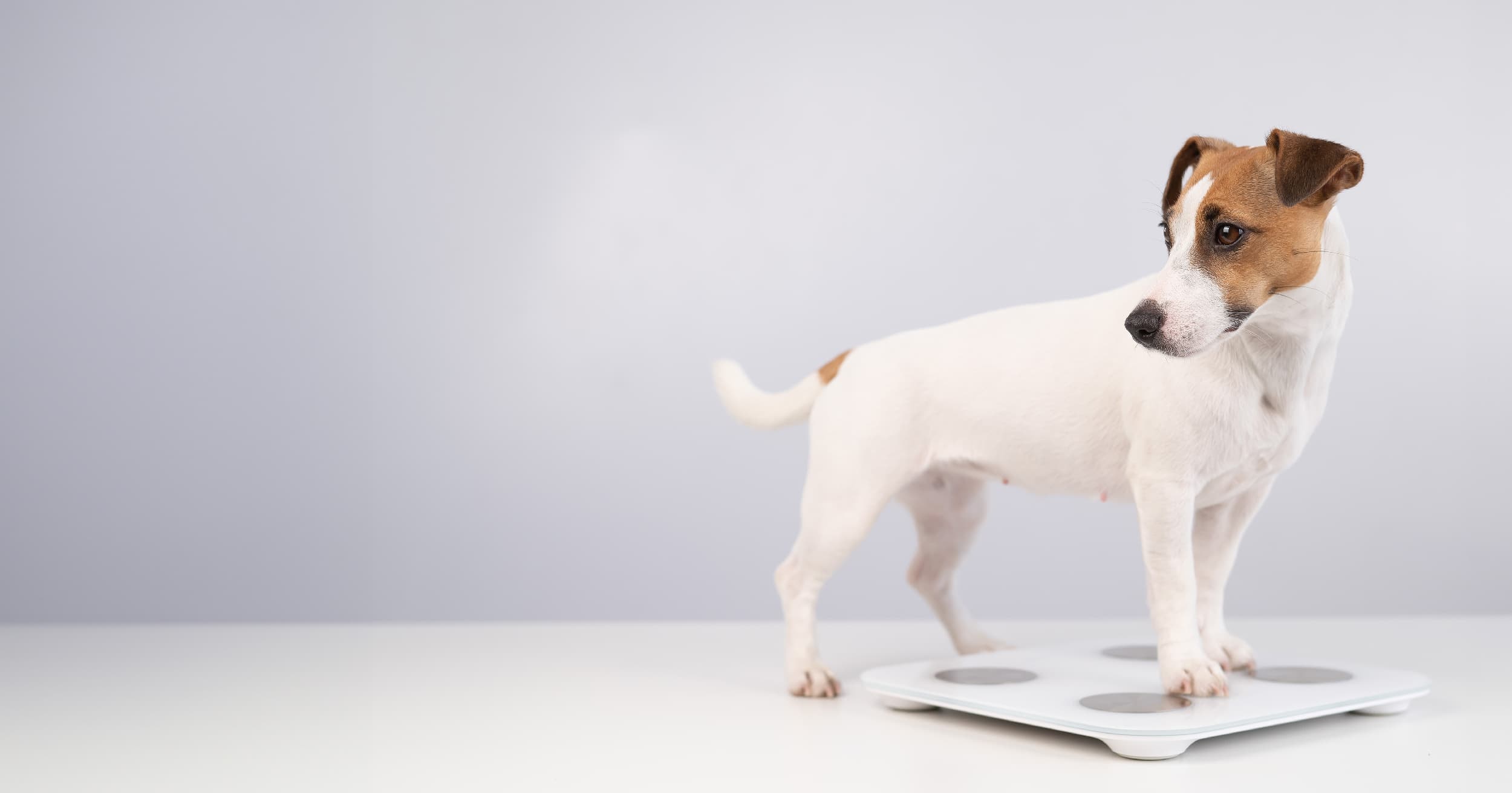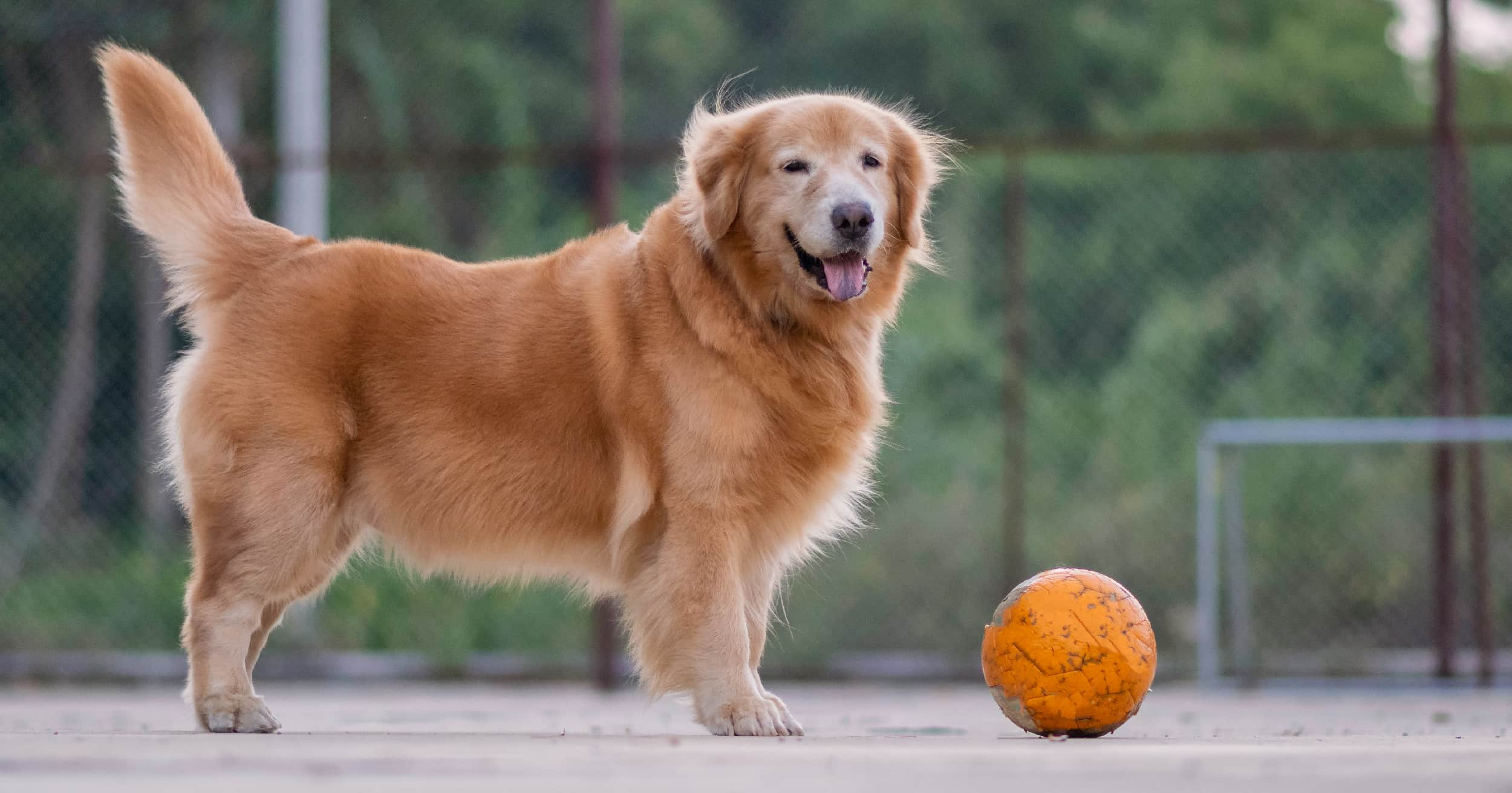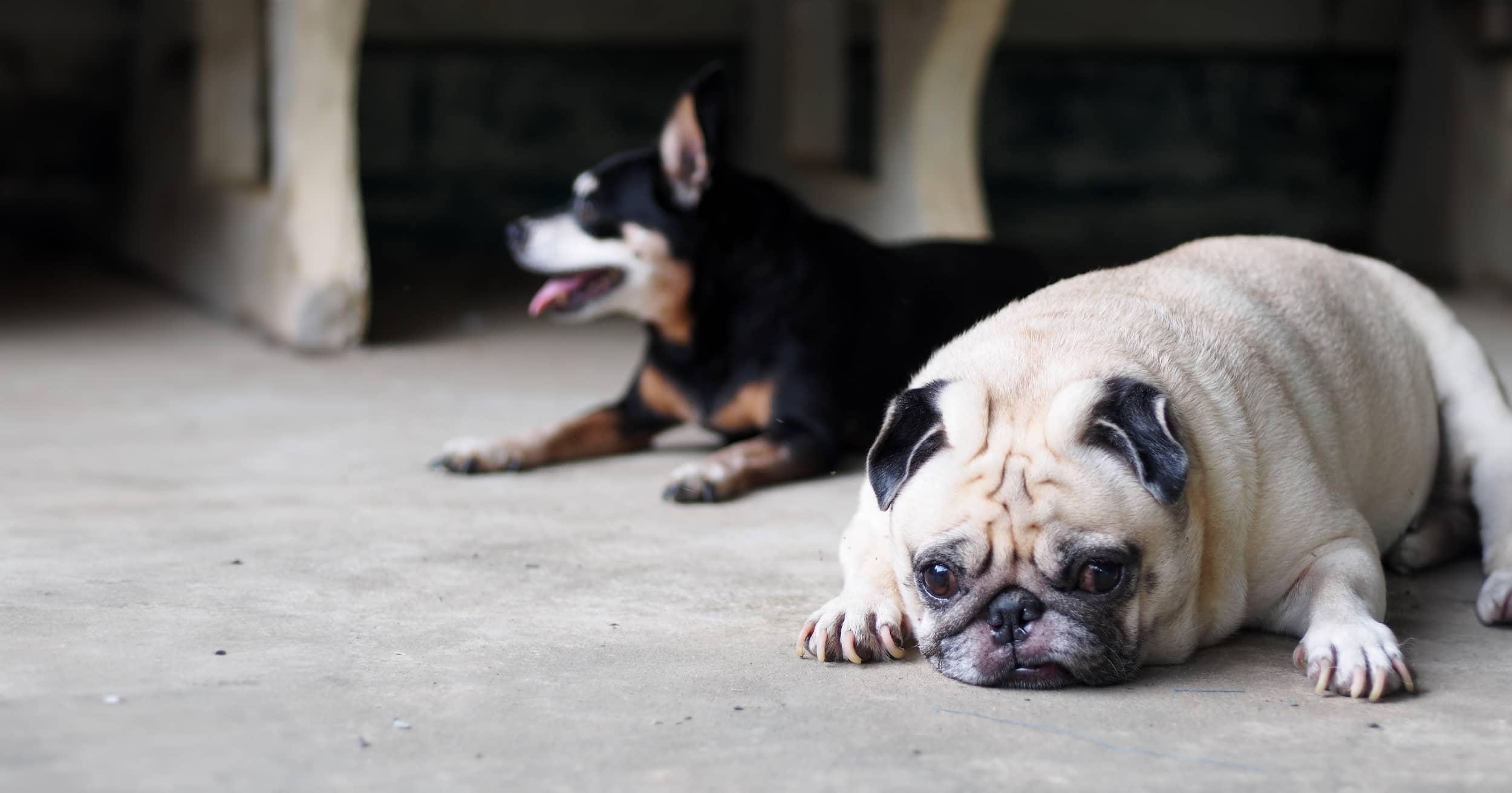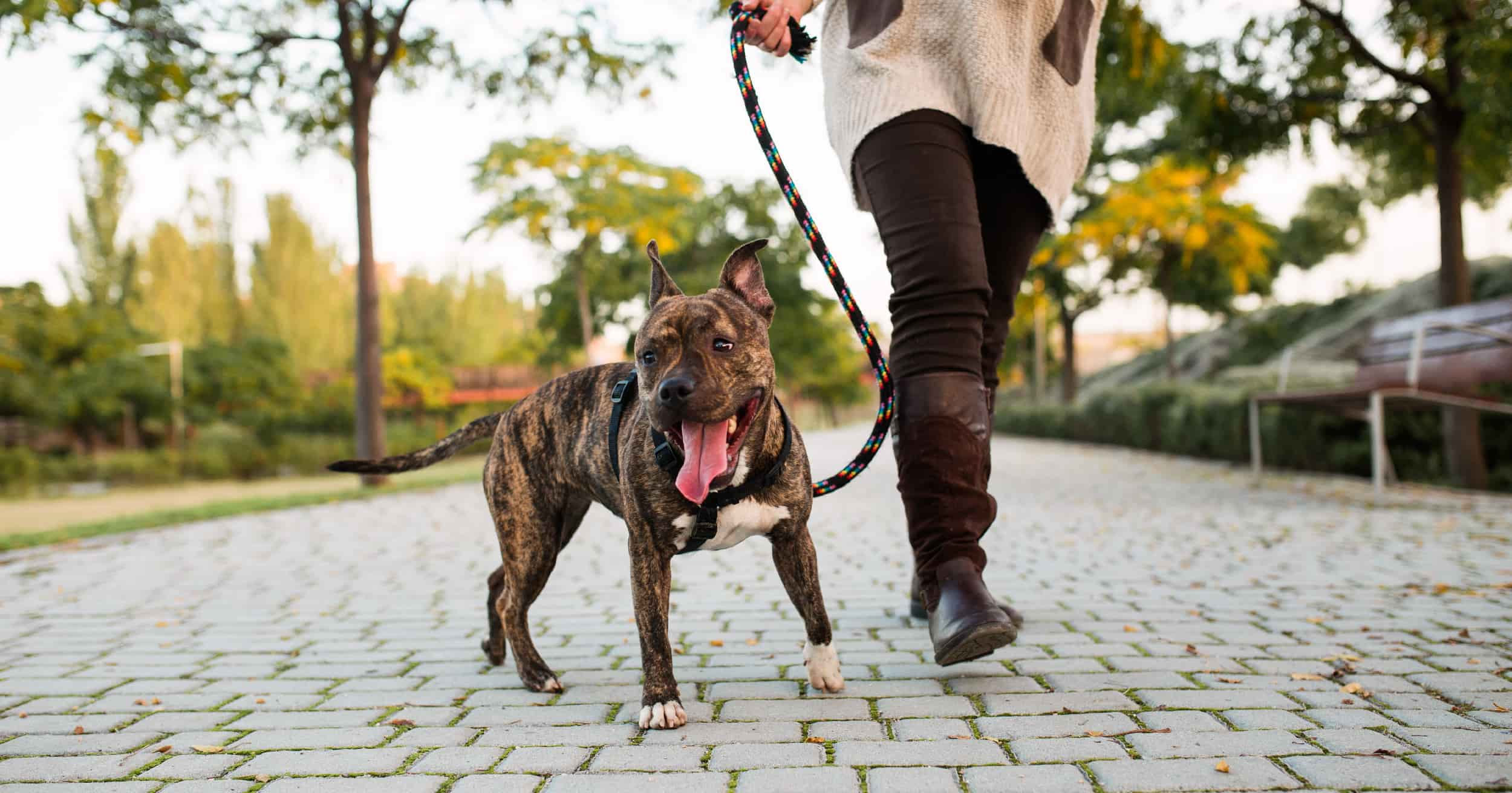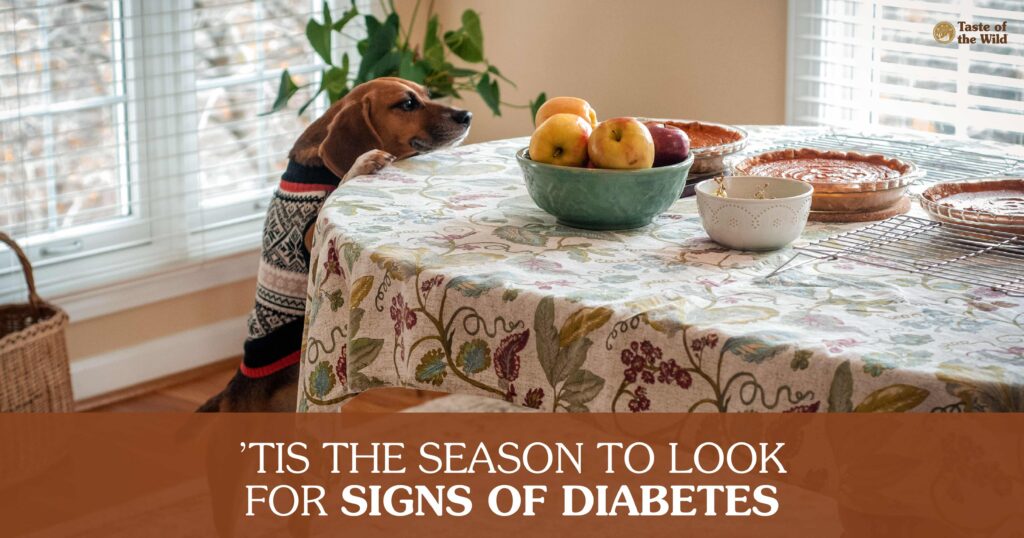
Ever wondered how old your dog is in human years? It’s a common question among pet parents and one that doesn’t have a one-size-fits-all answer. While the classic “multiply by seven” rule is still floating around, veterinarians have more accurate ways of estimating your dog’s age based on breed, size and life stage. Let’s break it down!
Dog Years to Human Years
The old rule of thumb, one dog year equals seven human years, was a rough guess based on average life spans. But it turns out dogs age much faster in their early puppy years, and the rate of their aging slows down later in their lives. According to the American Veterinary Medical Association, here’s a better way to estimate a dog’s age:
- The first year of a medium-sized dog’s life = 15 human years
- The second year = about 9 more human years
- Every year after that = roughly 5 human years
So, a 2-year-old dog is around 24 in human years while a 5-year-old dog is about 39!
Dog Years Explained
Your dog’s breed and size play a huge role in how they age. In general, small dogs live longer and age more slowly after the first few years. A large dog’s lifespan tends to be shorter and they may age more quickly in middle age.
That’s why a 8-year-old Chihuahua might still be spry, while a Great Dane the same age is considered a “senior.” Different dog breeds experience the aging process differently — smaller dogs age slower than larger dogs. These breed-specific differences are why general estimates are just that: estimates!
Human Years to Dog Years
Sometimes pet parents want to flip the equation and ask, how do human years convert into dog years? In that case:
- A 15-year-old human = around a 1-year-old dog
- A 24-year-old human = about a 2-year-old dog
- After that, every 5 human years = 1 dog year
So a 50-year-old person would be the equivalent of a 9-year-old dog.
How Old Is My Dog?
Want a more exact estimate? Ask your veterinarian during your dog’s next checkup. Some vets have dog age calculators that use breed-specific aging curves to give you a more precise estimate. Knowing your dog’s actual age in human years may help you meet their changing needs at every life stage. But remember: age is more than a number. Your dog’s behavior, mobility and health status may offer more insight into how they’re aging than any math formula.
How Old Is My Dog in Dog Years?
If you’ve adopted a dog and don’t know their exact age, your vet can estimate based on the dog’s tooth condition, coat and skin health, eye clarity and muscle tone. These clues can help determine your dog’s age to inform care decisions.
As dogs mature, they have increased risk factors for age-related health issues like abnormal cell growth, arthritis and cognitive decline. If your senior dog is slowing down, it may be a good time to adjust their routine. The good news is that dogs are generally living longer thanks to advances in nutrition, vaccines and preventive health care for pets, which includes regular vet visits, weight checks and diet updates.
How Do Dog Years Work?
In short, they don’t work the same for every dog. The dog years to human years math depends on the dog’s size, breed, genetics and lifestyle. Dog breeds age differently; that’s why comparing a Labrador retriever to a toy poodle doesn’t make sense on a one-size-fits-all scale.
While some researchers have studied DNA “clocks” to better understand dog-to-human aging, most veterinarians still rely on well-established methods involving a dog’s life stage, weight and breed-specific aging.
Instead of a Dog’s Age, Focus on Their Life Stage
Veterinarians will often use life stages for managing pet health and well-being, rather than trying to equate dog age to human age. The American Animal Hospital Association has identified five life stages for dogs as part of their guidelines for wellness care: puppy, young adult, mature adult, senior and end of life. These life stages don’t start and stop abruptly, they gradually phase in and out. For example, a dog isn’t considered a mature adult as soon as they turn five.
No matter how you do the math, what matters most is keeping your dog active, healthy and happy through every stage of life. So, next time you celebrate your pup’s birthday, you can confidently say they’re 24 going on 39, or just that they are always young at heart!


